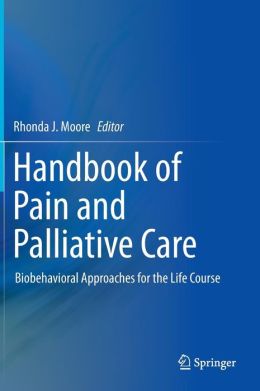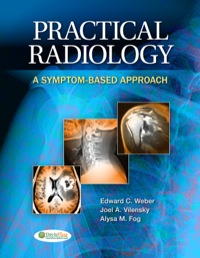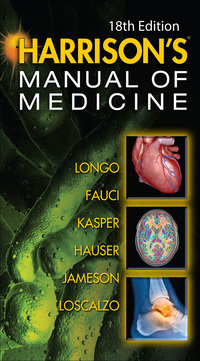by
Rhonda J. MooreRhonda J. Moore
Pain has long been regarded as an unpleasant sensory consequence of neuronal activity in specific nociceptive pathways that is triggered by noxious stimuli, inflammation, or damage to the nervous system structure or function. However, classic models of disease and pain mechanisms do not adequately explain the commonly observed discrepancies between the extent of pathology levels of reported pain, the impact of experience of illness, disability, or in certain instances death, on the lived experience of pain. In other words, pain is not only a sensory event but a biobehavioral event as well. As such, it is subjective and therefore a significant cause of psychological suffering and even existential questioning. Thus treatment for many chronic pain syndromes, early in life, over the life course, and certainly at the end of life, remains an inexact science.
The broad aim of this edited volume is to take a multidisciplinary, biobehavioral, and life course approach to understanding chronic pain. By way of introduction, the contributing authors review biopsychosocial approaches to understanding chronic pain and disability. Subsequent chapters describe issues related to communication and pain, pain and palliative care assessment, biobehavioral approaches to understanding common pain conditions, including pain in pediatric patients, pain in the older person, pain after traumatic brain injury (TBI), pain in the battlefield injured, pain in whiplash associated disorder (WAD), chronic low back pain, and adult cancer-related pain. Furthermore the volume addresses biobehavioral mechanisms associated with chronic pain, including stress and chronic pain, the biobehavior of hope, temporomandibular disorder and its relationship to fibromyalgia, and pain imaging, andreviews interventions for chronic pain including evidence-based pharmacotherapy’s for chronic pain, chronic pain and opioids, nerve block, trigger points and intrathecal therapies for chronic pain, neurosurgical interventions, and rehabilitation treatments for chronic musculoskeletal pain. Finally, the text discusses broader issues in chronic pain management, including psychosocial issues associated with chronic pain, spiritual dimensions of chronic pain and suffering, contributions from the humanities and social sciences in terms of understanding the chronic pain experience, andhighlights ethical issues in pain and palliative care.
The collaborators for this project are from diverse cultural and biomedical settings, including the United Kingdom, United States, Italy, England, Singapore, Canada, Australia, and Norway. The expertise in this volume span the fields of clinical medicine, neuroscience, neurosurgery, literature, anthropology, art, neuroanatomy, pediatrics, gerontology, pain imaging, health disparities, transportation, rehabilitation, palliative medicine, philanthropy, the medical humanities, oncology, physiology, anesthesiology, pharmacology, genetics, stress management, psychology, dentistry, complementary and alternative medicine, spiritual care, nursing, pain policy, and clinical ethics. Whilst highly multidisciplinary, authors explore the evidence base for chronic pain and palliative care in their individual professional areas and each has provided valuable insights with the hope that it will result in improved pain control and palliative care.
Product Details
| ISBN-13: | 9781441916501 | |
| Publisher: | Springer New York | |
| Publication date: | 10/31/2013 | |
| Edition description: | 1st ed. 2013, Corr. 2nd printing 2013 | |
| Pages: | 865 | |
| Product dimensions: | 7.10(w) x 10.10(h) x 2.00(d) |










Reviews
There are no reviews yet.